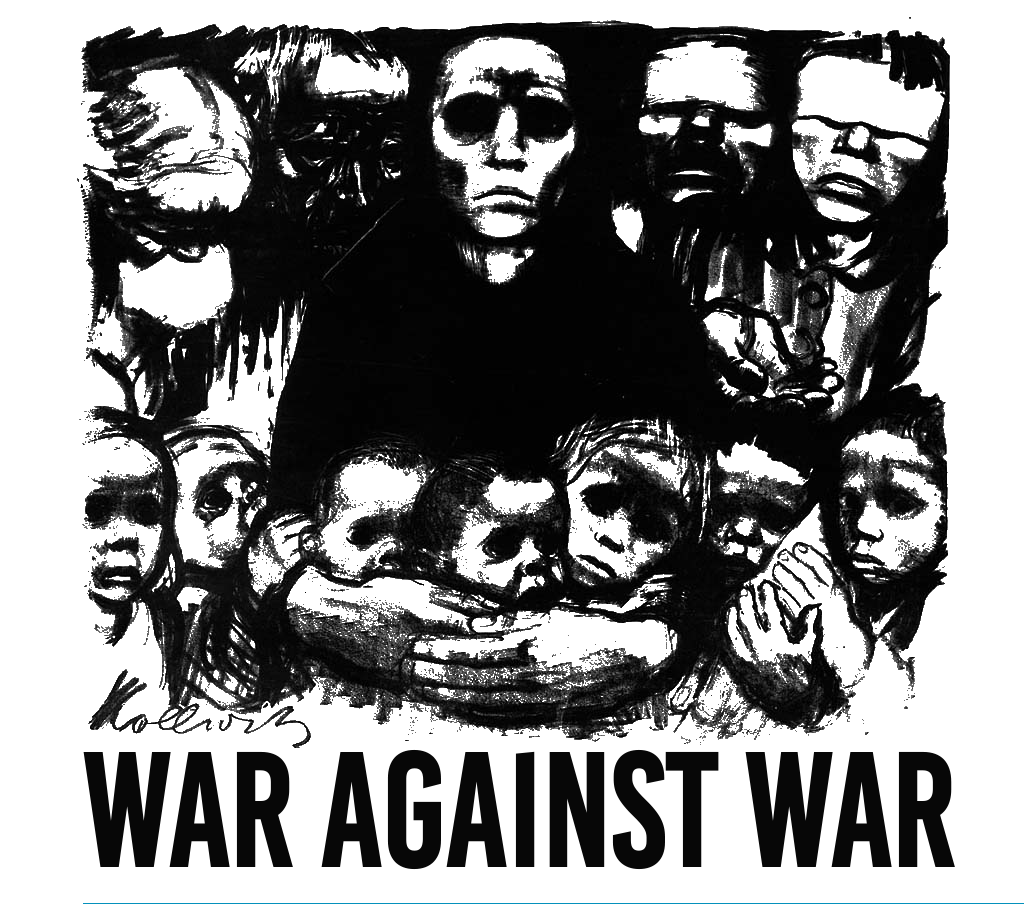Why do states use violence to repress dissent? When do opposition groups escalate conflict by employing violent tactics? We argue that not all opposition groups are created alike, and that understanding who is involved in protest is important for event outcomes. Because of their age and social status, student protesters are more likely to adopt confrontational behaviors, even when engaged in nominally peaceful protest. As such, students are more likely to be seen as threats by security forces tasked with responding to social unrest. Although frequently unplanned, spontaneous interactions between dissidents and regime forces can lead to an escalatory spiral. As such, we expect that student protests are more likely to escalate to violence than protests by other actors, and that security forces are more likely to use repression against students. This relationship will be especially pronounced when youth unemployment is high, leading to heightened grievances and fewer social constraints. Using event data combined with actor information on protest dynamics across seven countries in Africa and Latin America from 1990 to 2016, we find that although student groups are not more likely to engage in riots at the outset, when they do protest, violent interactions with police are more likely. Moreover, youth unemployment significantly increases the potential for violence.
This was originally published on SAGE Publications Ltd: Journal of Peace Research: Table of Contents.
